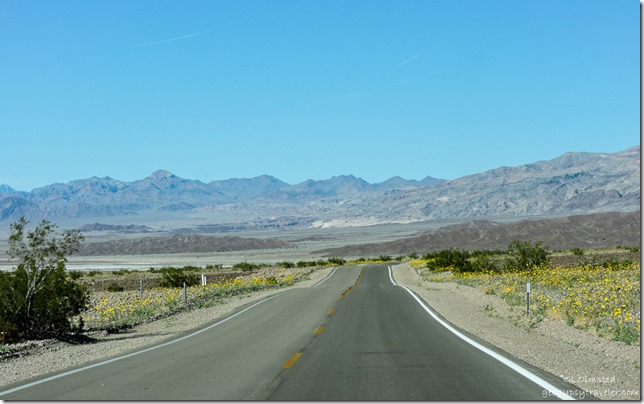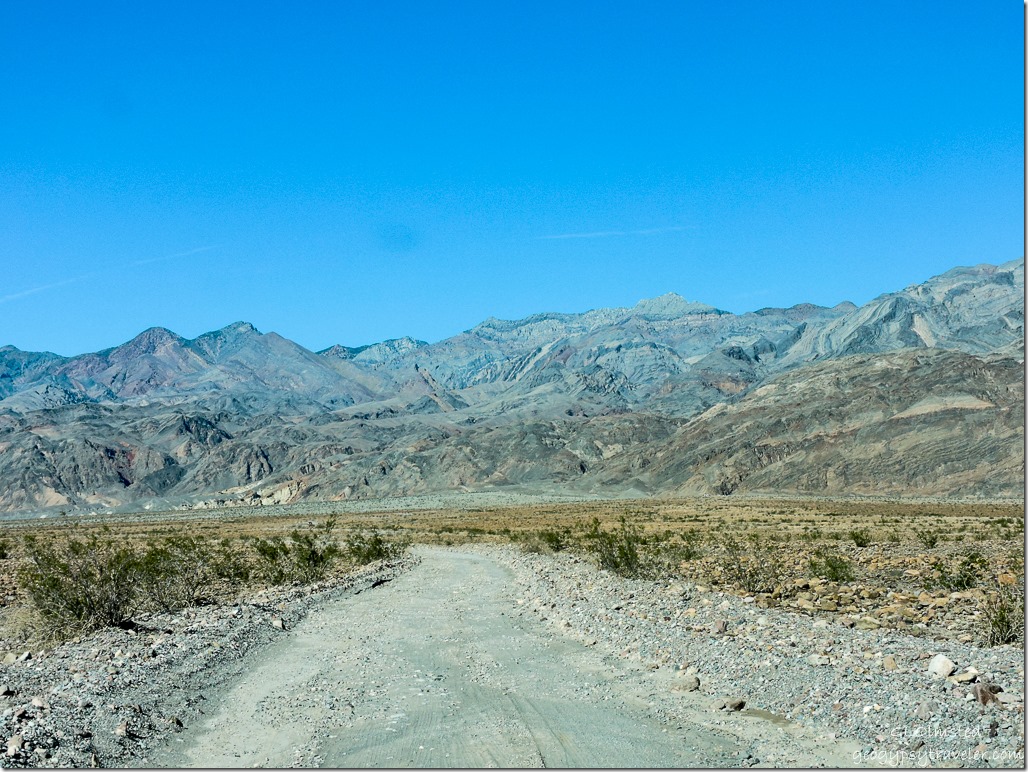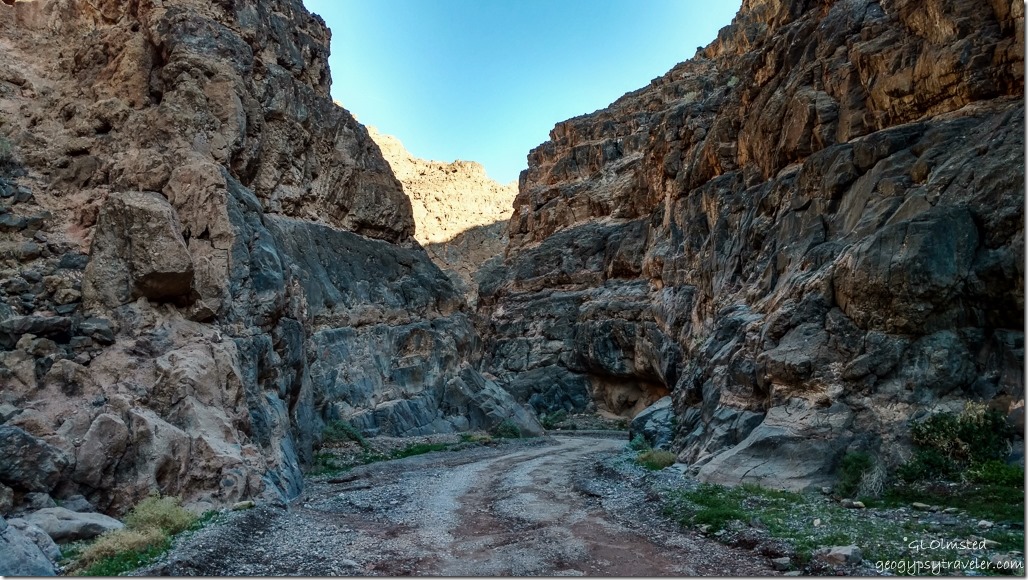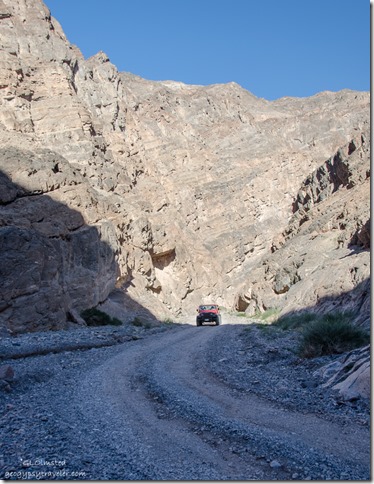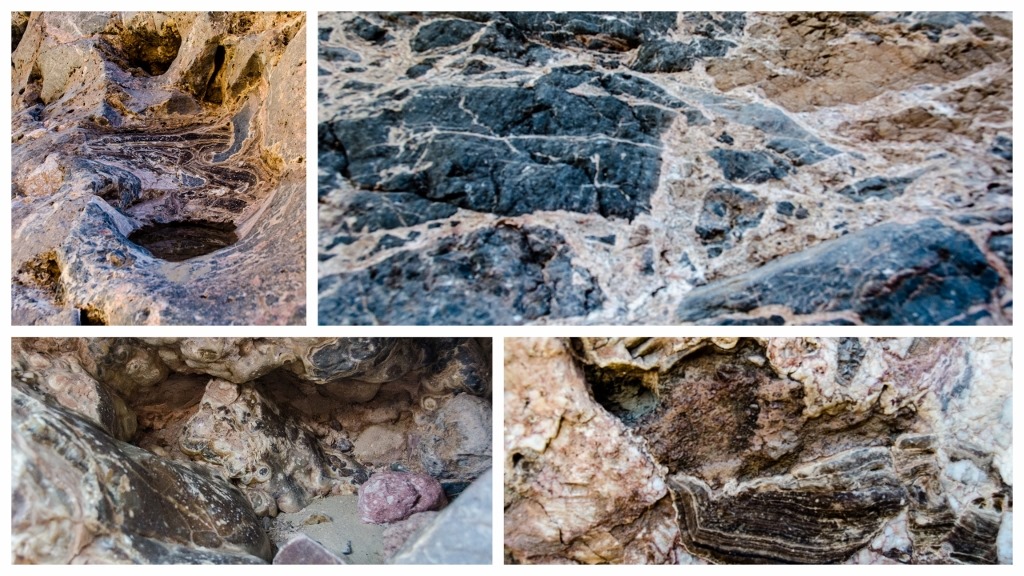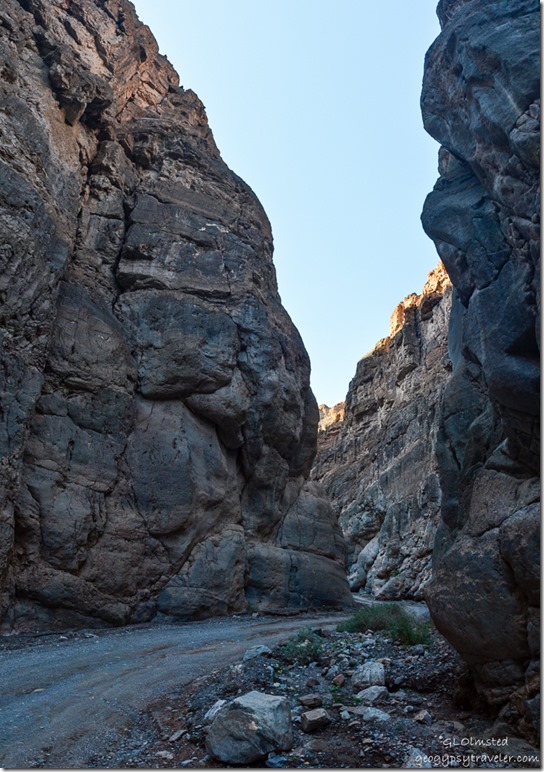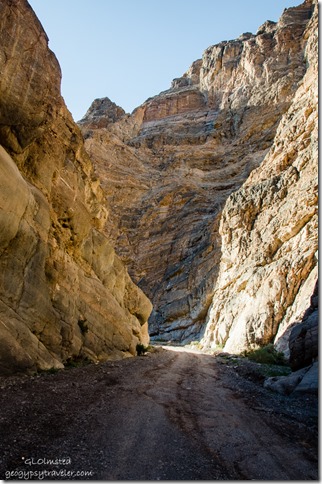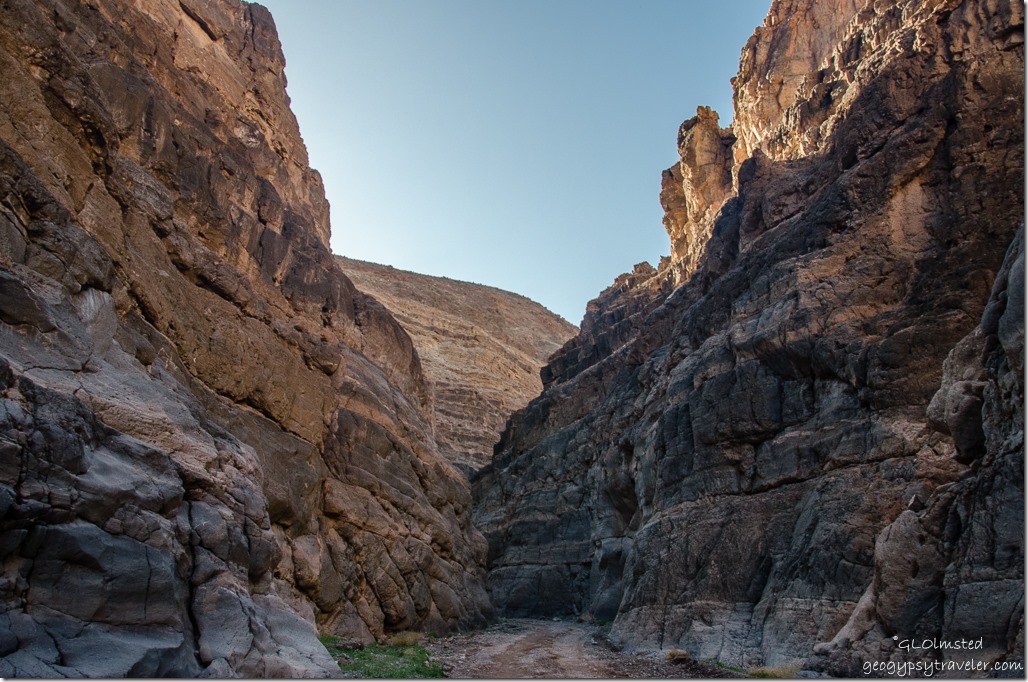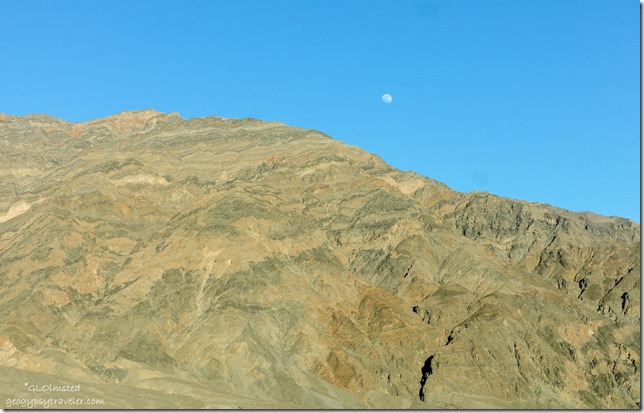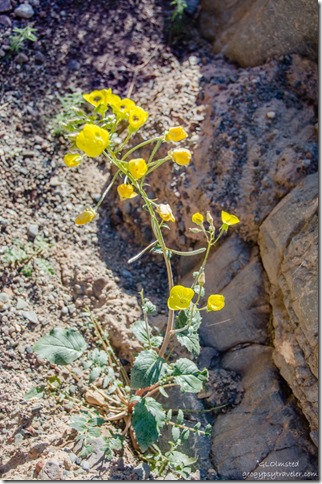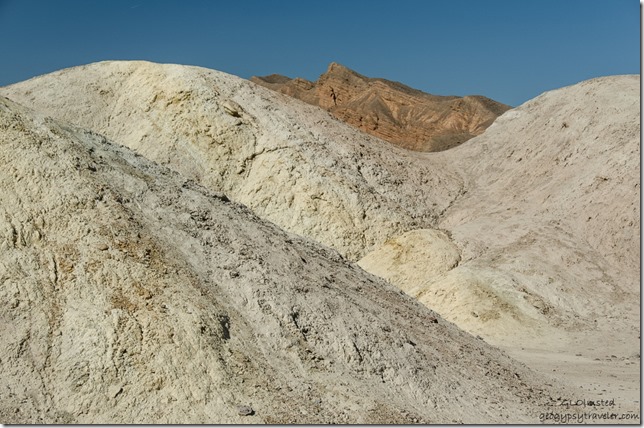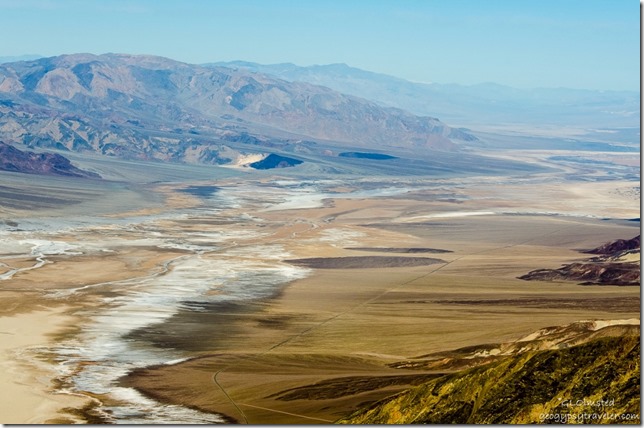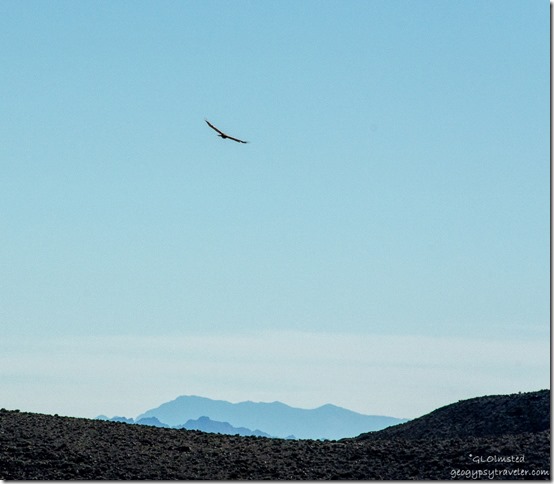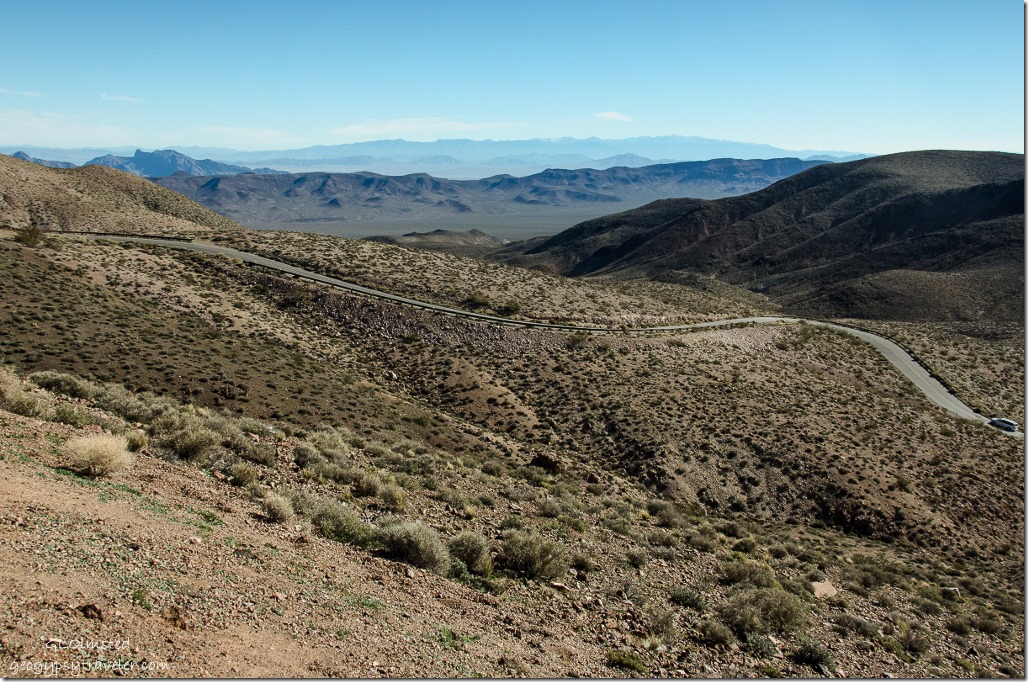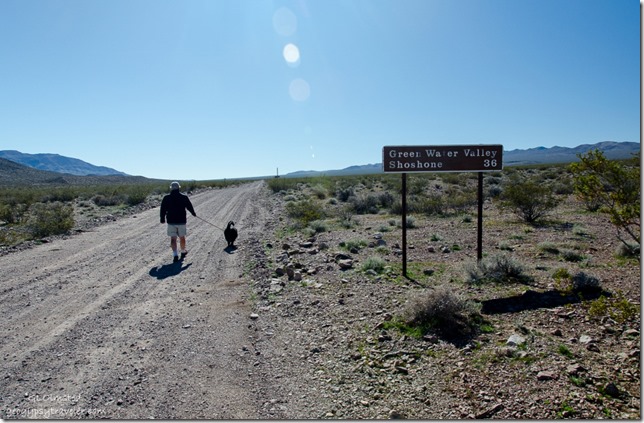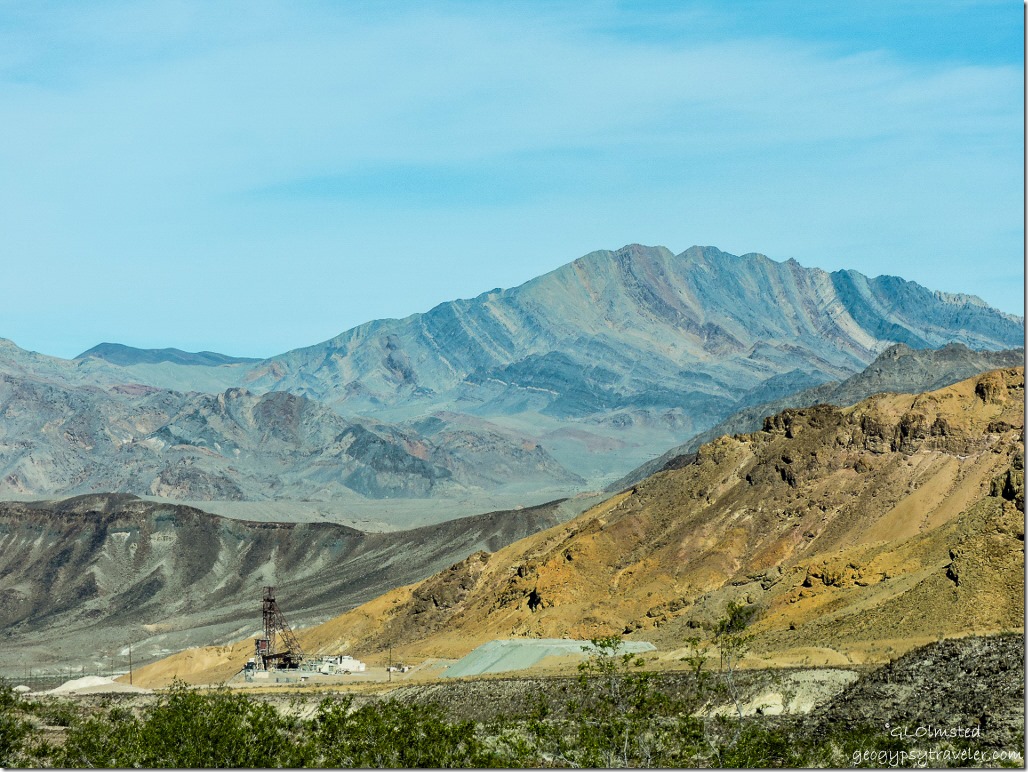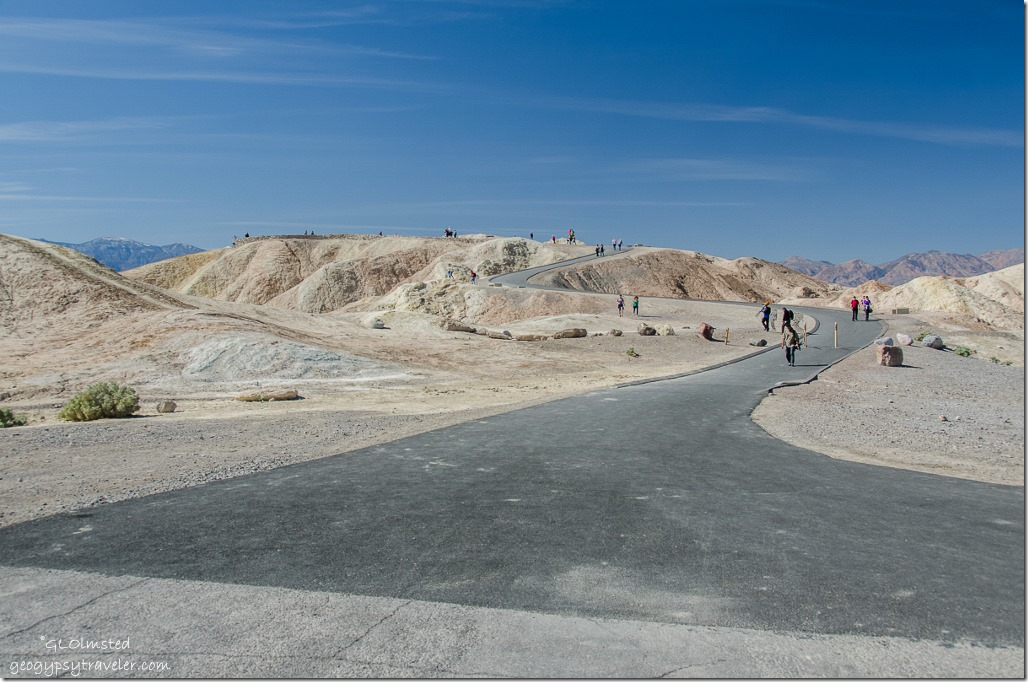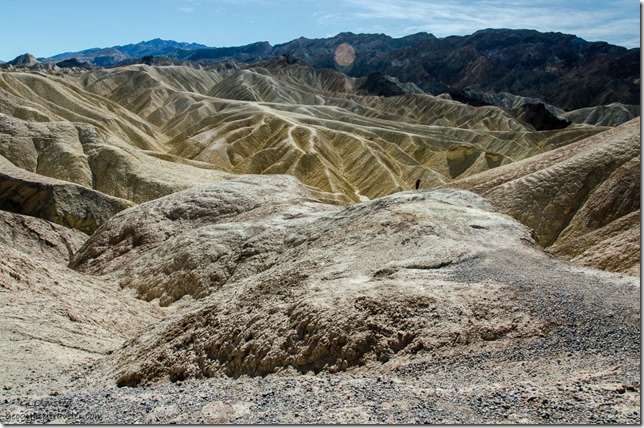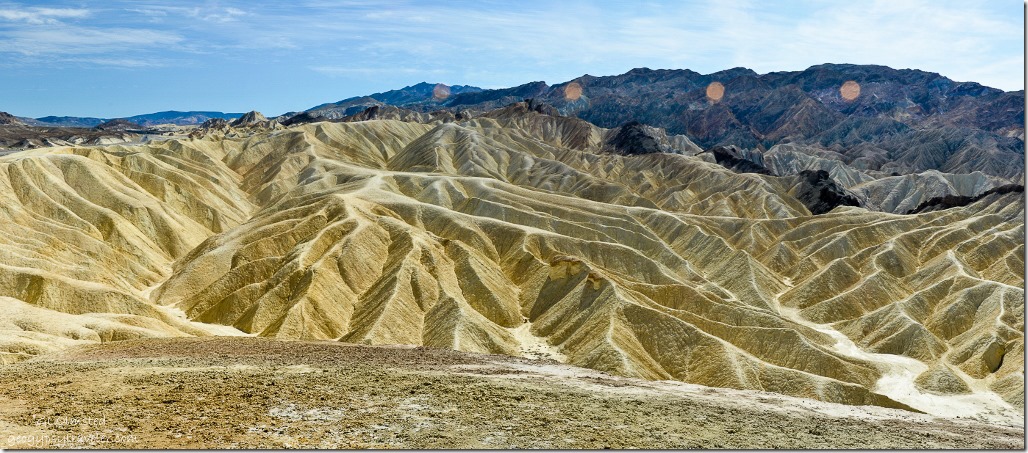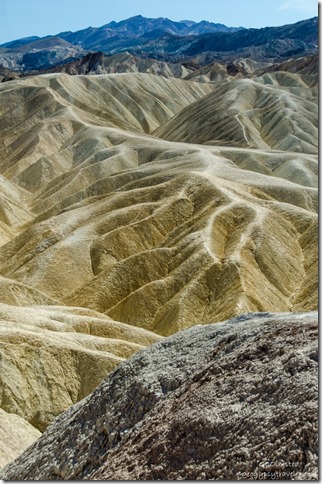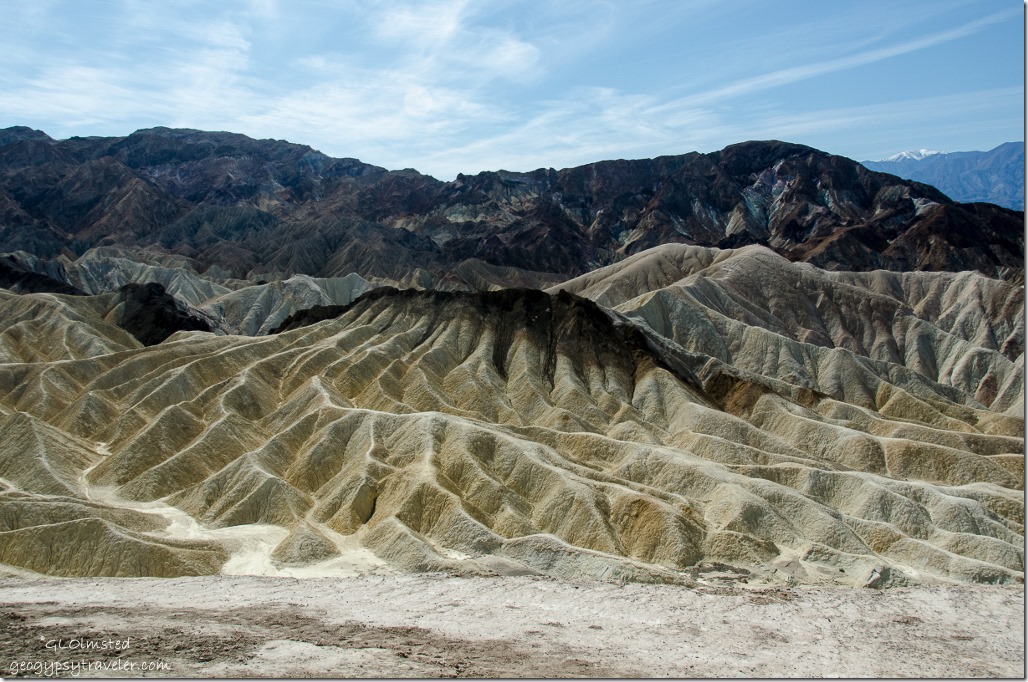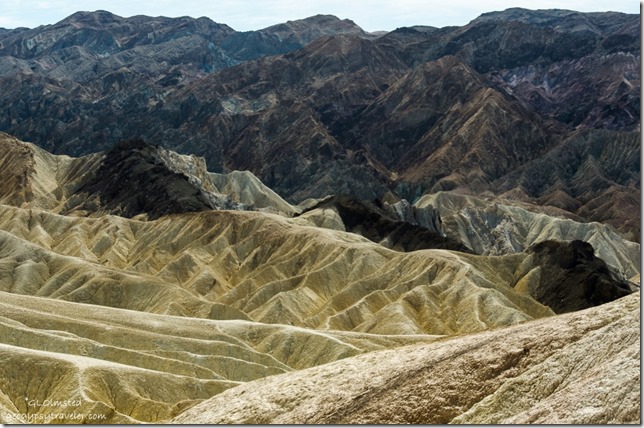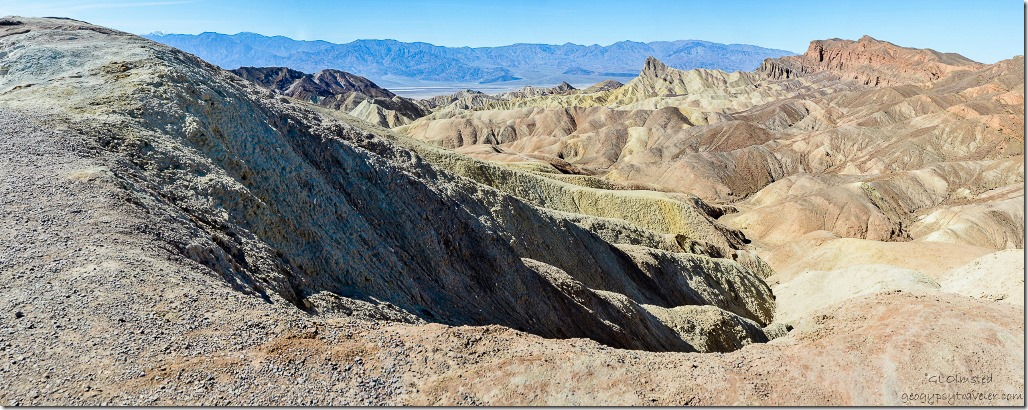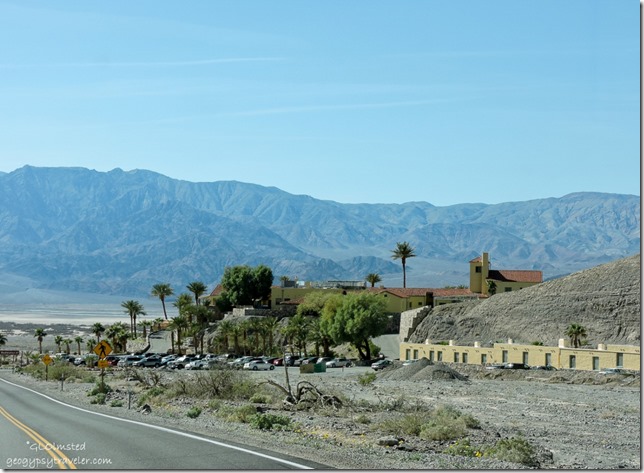February 19, 2016
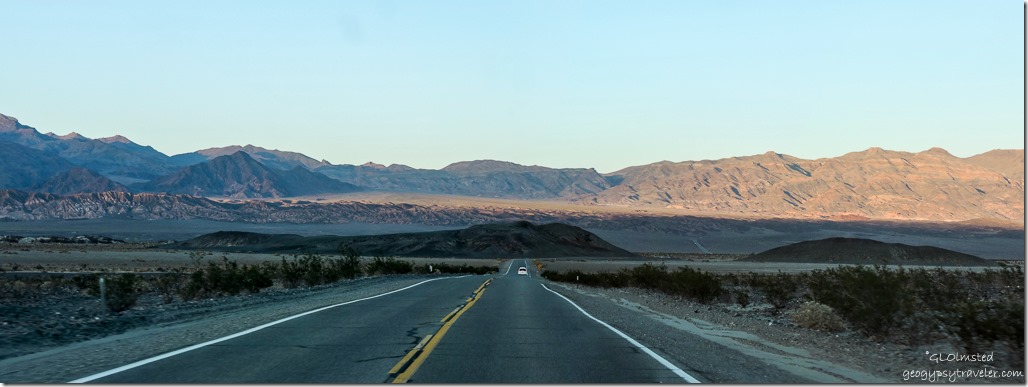 After our little hike into the Titus Canyon Narrows I headed to the Mesquite Sand Dunes in a hurry as the sun was setting fast and I wanted to see the light and shadows on the dunes.
After our little hike into the Titus Canyon Narrows I headed to the Mesquite Sand Dunes in a hurry as the sun was setting fast and I wanted to see the light and shadows on the dunes.
 I wasn’t really in the mood to walk far out on the dunes at dusk but others did and helped put the dune size in perspective.
I wasn’t really in the mood to walk far out on the dunes at dusk but others did and helped put the dune size in perspective.
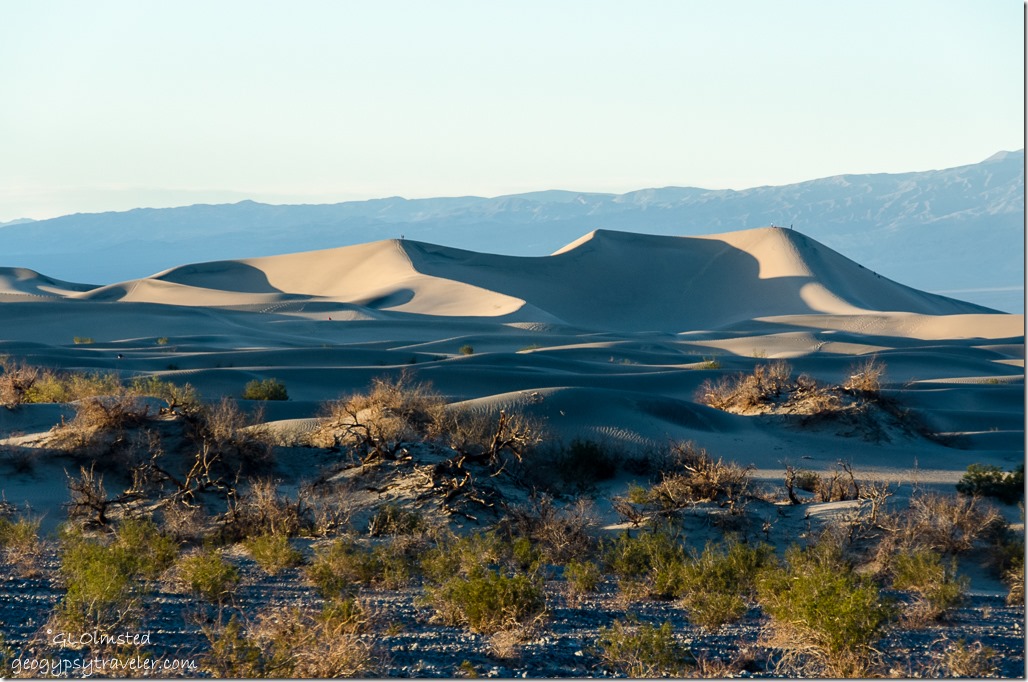 Can you see the tiny dots on the ridgeline?
Can you see the tiny dots on the ridgeline?
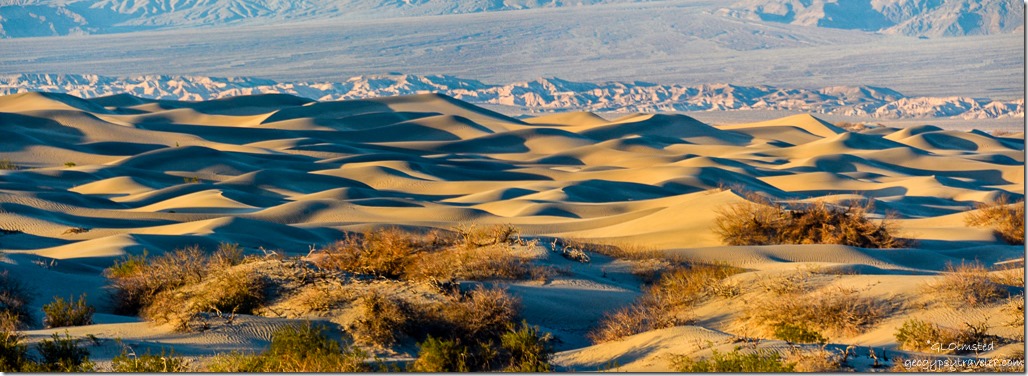 Sure beat our last visit to the dunes with wind blown sand everywhere.
Sure beat our last visit to the dunes with wind blown sand everywhere.
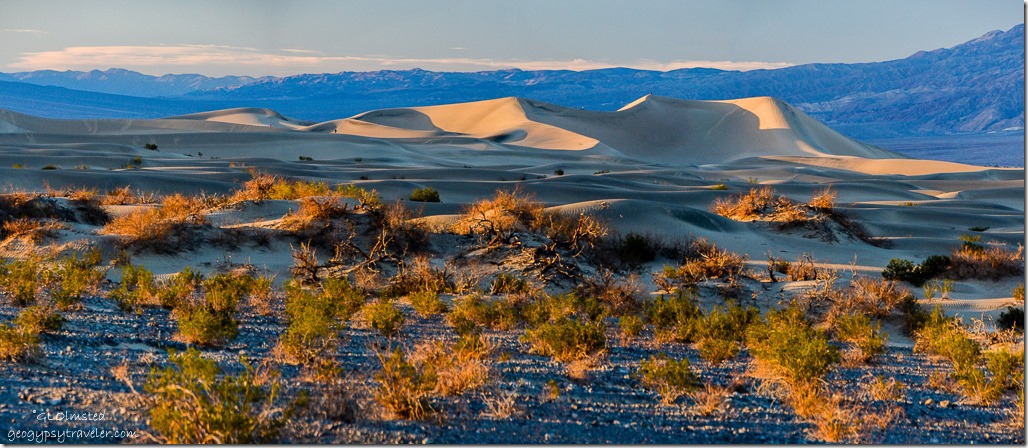 Basically found a nice place and watched the light and shadows change.
Basically found a nice place and watched the light and shadows change.
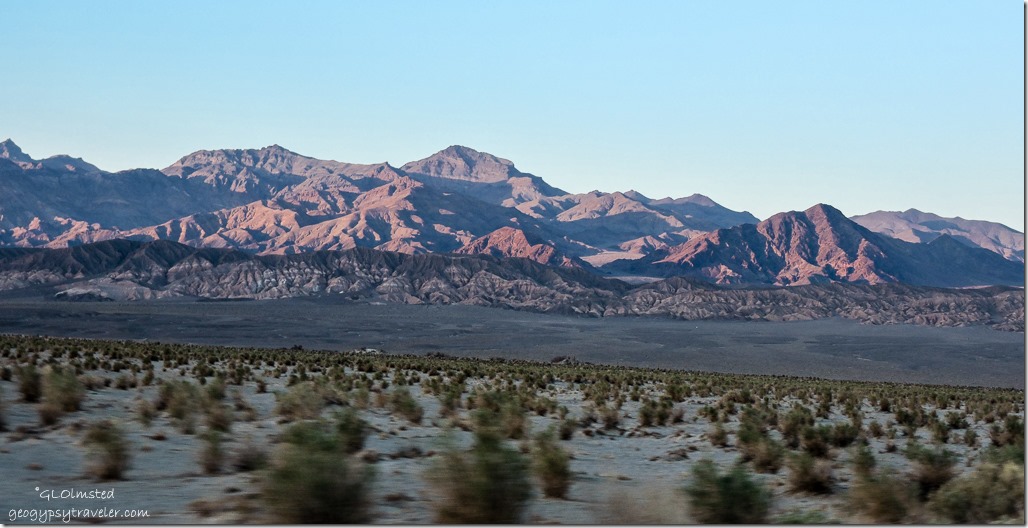 Those last rays lit the eastern mountains in a warm glow that didn’t reflect the quickly dropping temperatures.
Those last rays lit the eastern mountains in a warm glow that didn’t reflect the quickly dropping temperatures.
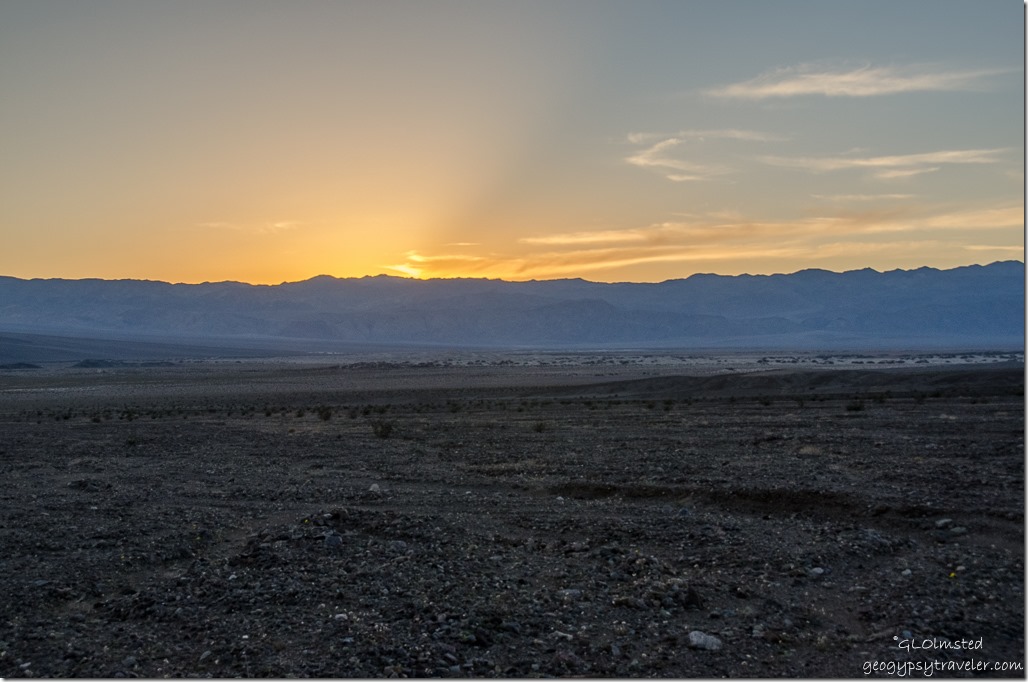 Then a quick stop for sunset while headed back to camp.
Then a quick stop for sunset while headed back to camp.
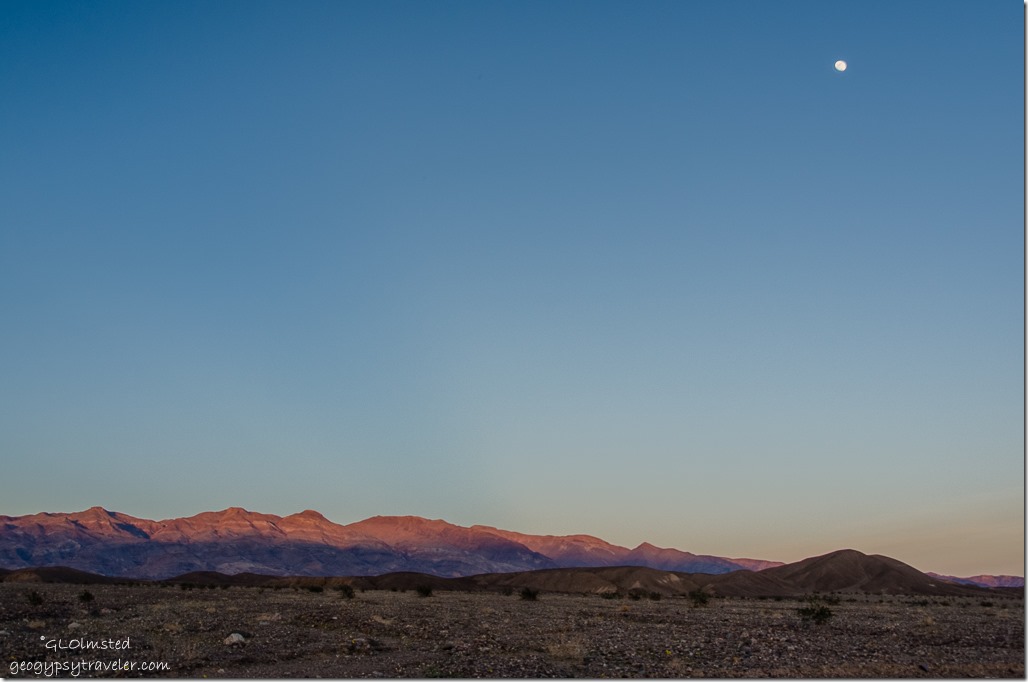 And last light on the mountains under the moon.
And last light on the mountains under the moon.
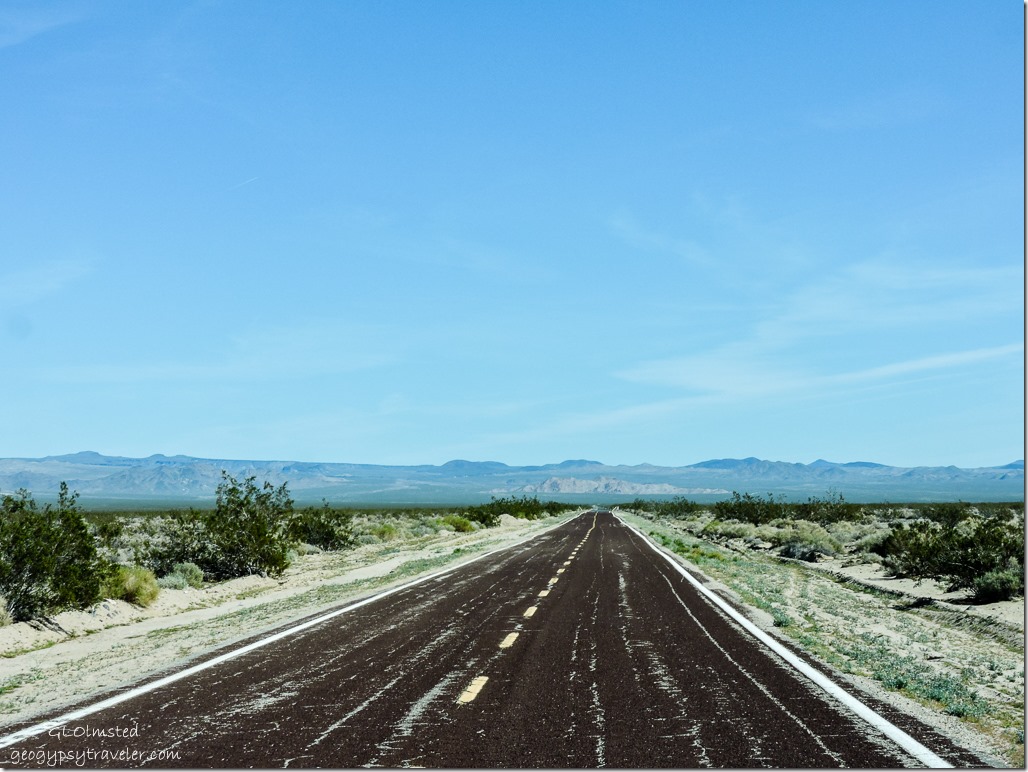 We wanted to make it an early night as we left Death Valley in the morning to explore Mojave National Preserve.
We wanted to make it an early night as we left Death Valley in the morning to explore Mojave National Preserve.

